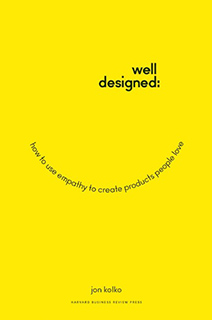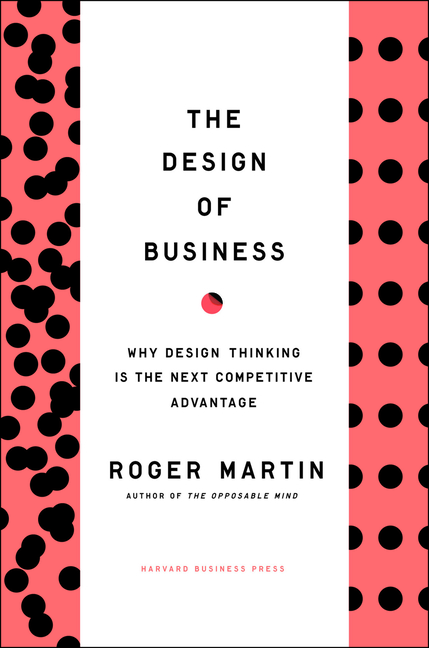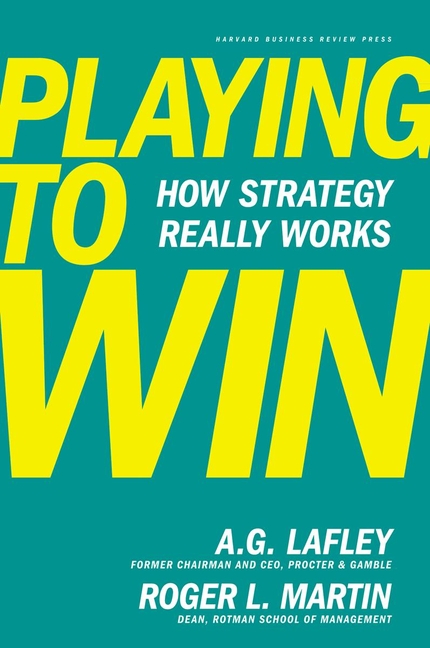Well-Designed: How to Use Empathy to Create Products People Love
November 14, 2014
There’s a difference between designing products with your customer in mind and designing products born from thoughtfully developed empathy with your customer.

Well-Designed: How to Use Empathy to Create Products People Love by Jon Kolko, Harvard Business Review, 224 pages, $28.00, Hardcover, November 2014, ISBN 9781625274793
Customer-driven companies are nothing new. Nor are products designed with the customer in mind. But, there’s an enormous difference between designing products with your customer in mind and designing products born from thoughtfully developed empathy with your customer. And there’s an even bigger difference in how you arrive at the product—in other words, the product management process.
After fully explaining what design is and what it decidedly is not, Well-Designed introduces the emergence of design-thinking product development philosophy, as opposed to the two more prevalent product development philosophies—market-driven and technology-driven—and designed-thinking begins with empathy.
At the core of design-focused product development is emotional engagement—the deep feelings a person forms about a product while using it. People tend to personify products--especially, increasingly, digital products—assigning them human characteristics and relating to them on an emotional, human level. To understand and design for this emotional appeal, it’s critical not only to understand people, but to truly empathize with them in order to feel what they feel.
Critical to empathy’s central role in design-thinking, and a notion not previously universally agreed upon, is that “empathy can be taught and learned.” We can be taught how to navigate “the complexity of human and qualitative research in order to arrive at the simplicity of a new offering.”
Jon Kolko uses well-known companies like Airbnb and Apple, and lesser-known shops like Nest (who managed to arrive at products reviewers described as “beautiful” and “revolutionary” in perhaps the “least exciting market segment ever”—heating and cooling—for their re-thinking of thermostats), as exemplars of design-thinking companies. He then lays out in a deliberate, practical fashion the steps any company, large or small, can take to arrive at design-driven products.
The four key elements of design-driven product management are: Determine a product-market fit, Identify behavioral insights, Sketch a product strategy, and Polish the product details. But as you might expect from a design-led book, it’s the details, the processes within the processes, the nitty gritty that make these ideas pop, that help us re-analyze how we think and how we arrive at products. One of my favorites insights comes early in the book from Roger Martin, dean of the Rotman School of Management and author of The Opposable Mind, The Design of Business, Playing to Win, and Fixing the Game (all featured in past 800-CEO-READ Business Book Award lists), about a key trait of design-driven product management’s early phases—integrative thinking:
Over the past six years, I have interviewed more than 50 such leaders … and found that most of them share a somewhat unusual trait: They have the predisposition and the capacity to hold in their heads two opposing ideas at once. And then, without panicking or simply settling for one alternative or the other, they’re able to creatively resolve the tension between those two ideas by generating a new one that contains elements of the others but is superior to both.
I want that. I want to have that in droves. And, I want everyone around me to want that and to have it in droves. Well-Designed is our roadmap to getting there.




